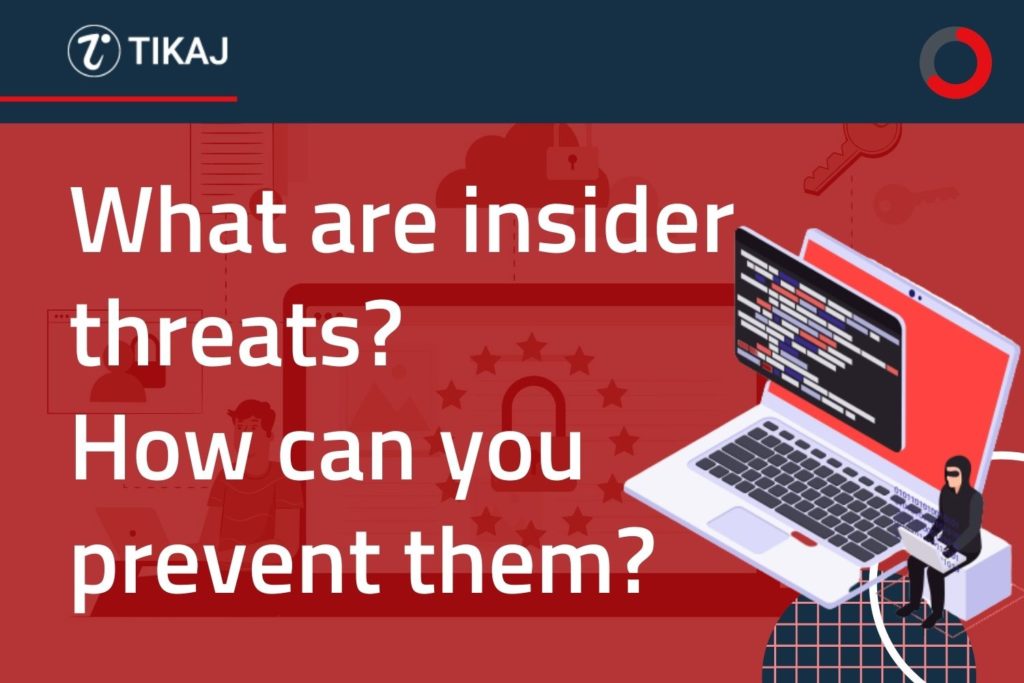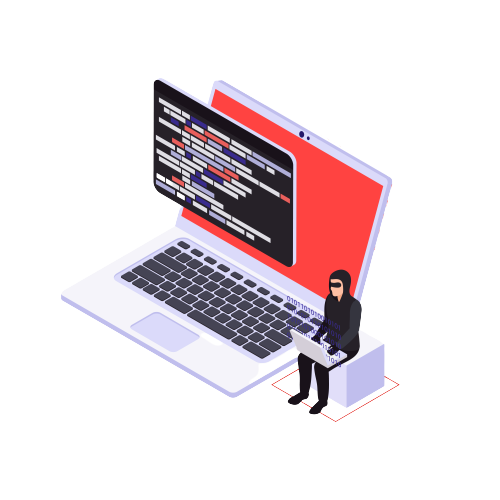What are insider threats? How can you prevent them?

Insider threats are users with genuine admittance to organization resources who utilize that entrance, regardless of whether noxiously or unexpectedly, to make some harm the business. Insider threats aren’t necessarily limited to just current employees, they can also be former employees, contractors or partners who have access to an organization’s systems or data.
With insider threats representing the primary vector for 60 percent of data breaches, organizations in order prevention must realize and need to scrutinize the threats walking through their door. Every organization need to make sure that they don’t consider insider threats as something that doesn’t even exist. Scanning needs to be done in the same way as it is done for something from external perimeter.
Reasons why Insider Threats are dangerous:
Detection of such insider threats is no easy task for security teams. As the insider as of now has genuine admittance to the association’s data and resources, recognizing a client’s ordinary movement and possibly malevolent action is a test. They typically are known to be found, where the sensitive data lives within the organization and often have elevated levels of access.
Insider threats are often ignored but every organization should know that data breaches happening within the organization will cost more than outsider threats. Hence, they should not be ignored.

Types of Insider Threats:
Malicious Insider
Also known as a Turncloak, it is alluded to as somebody who perniciously and deliberately mishandles real accreditations, normally to take data for monetary or individual motivators.
For example, a person who holds resentment against any previous manager, or an astute representative who offers restricted intel to a contender. Turncloaks enjoy an upper hand over different assailants since they know about the security arrangements and techniques of an association, too as its weaknesses and can undoubtedly cover their tracks.
Negligent Insider
A guiltless pawn who accidentally opens the framework to outside dangers. Leaving your device exposed or falling a victim to scams is the most common type of insider threat that has been happening for a long time and still is very significant.
For example, your employee who intends no harm may click on an insecure link, that can inject some malware causing your organization financial and reputational loss.
Imposter
An imposter who is actually untouchable yet has figured out how to acquire insider admittance to a special organization. This is somebody from outside the association who acts like a representative or accomplice who is technically an outsider but has managed to gain insider access to a privileged network.
Malicious Insider Threat Indicators
Anomalous activity at any network level can indicate an insider threat. Similarly, if any employee is holding a grudge and is dissatisfied, or if any employee all of a sudden starts to take more tasks with excessive enthusiasm, this could be an indication of foul play. Trackable insider threat indicators include:
- Activity at unusual times
- The volume of traffic
- The type of activity
Read more about Insider Threat: https://www.forbes.com/sites/forbestechcouncil/2021/11/02/insider-threats-an-age-old-problem/?sh=6c7178c0170e
How to protect against an Insider Attack:
The following steps are to help reduce the risk of insider threats:
Protect Critical Assets
These can be physical or consistent, including frameworks, innovation, offices, and individuals. Protected innovation, including client information for sellers, exclusive programming, schematics, and interior assembling processes, are likewise basic resources. One must try and form a comprehensive understanding of the critical assets held by the company.
Ask questions such as: What are the most critical assets possessed by the company? How can we prioritize our assets? And, What do we understand about the current state of each asset?
Enforce Policies
Unmistakably record hierarchical arrangements so you can authorize them and forestall mistaken assumptions. Everybody in the association ought to be acquainted with security systems and ought to comprehend their freedoms corresponding to licensed innovation (IP) so they don’t share advantaged content that they have made.
Increase Visibility
Deploy solutions to keep track of employee actions and correlate information from multiple data sources. For instance, you can utilize trickiness innovation to draw a malevolent insider or fraud and gain perceivability into their activities.
Promote Cultural Changes
Guaranteeing security isn’t just with regards to expertise yet in addition to mentalities and convictions. To battle carelessness and address the drivers of noxious conduct, you ought to teach your representatives with respect to security issues and work to further develop worker fulfilment.
Like what you’re reading, click to read on similar blogs – https://www.tikaj.com/blog/10-steps-to-shield-your-organization-from-cyber-threats/






